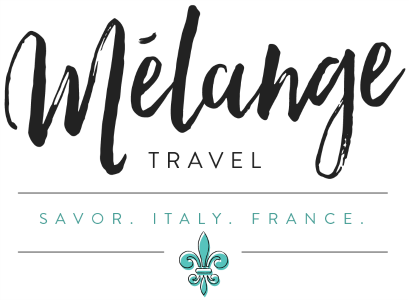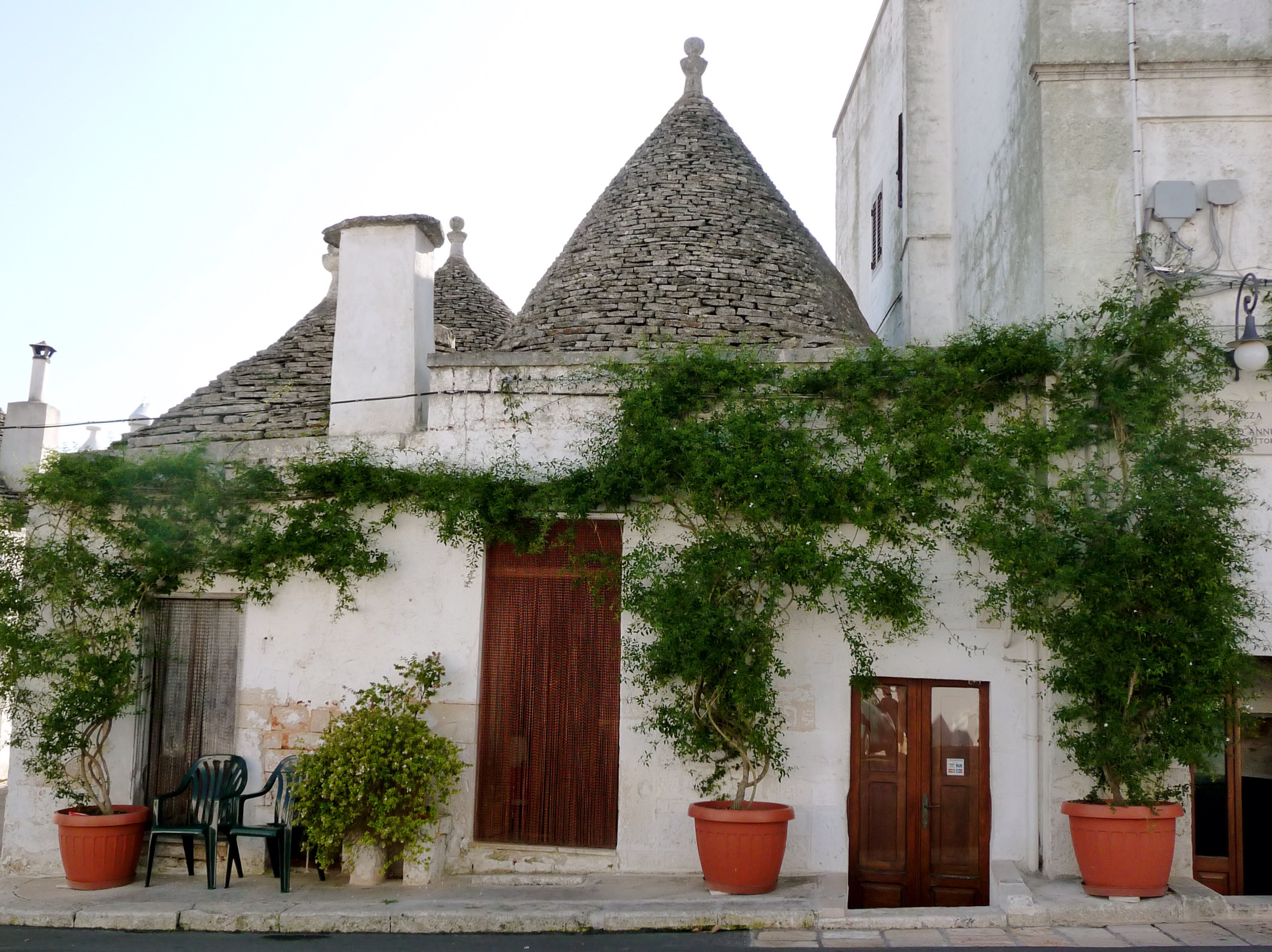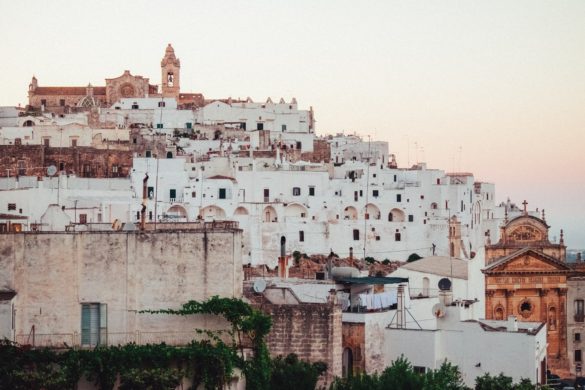The Puglia region is a fascinating combination of unique history, culture and of course some of the best food and wine that Italy offers. I learned so many things about Puglia on my trip, and I took a copious amount of notes. What better way to share all of the facts with you than a bulleted list of the things I found most interesting from this very scenic region.
Did you know :
- Puglia is home to over 50 million olive trees. Many of them centuries old.
- Puglia needed to enact laws to deter people from other parts of Italy coming down and digging up those valuable olive trees to bring them back and plant them on their land. It’s now illegal to dig up a tree from Puglian soil.
- Puglian cuisine, a fine example of the healthy Mediterranean diet, is on the UNESCO World Heritage Site.
- The famed Appian Way, that starts in Rome, actually ends in Puglia – you can visit the site.
- Egnazia is home to archeological ruins and a museum filled with artifacts from graves of Greek and Messapii people.
- Though Puglia has its own dialect, separate from the national language, there are still small pockets, near Lecce that speak Greek, or Griko.
- The tarantella is said to have originated from the area of Taranto.
- Puglia is responsible for over 60% of the olive oil produced in Italy.
- There are three UNESCO World Heritage Sites in Puglia, the most famous is Alberobello.
- Lecce, is nicknamed the ‘Florence of the South’, due to all the Roman ruins and Baroque architecture.
- As the flattest region in Italy, it’s a bikers paradise.
- Puglia makes more wine than any other region in Italy.
- The region has 500 miles of coastline and 10 Blue Flag beaches. Which means you’ll need a good map to see it all.
- The Basilica of Saint Nicholas in Bari is named for the saint who is known as Santa Claus. The church holds a tomb which contains many relics.
- Castel del Monte, located in Andria, is known for being the only eight-sided castle and is pictured on the Italian one-cent Euro.
- After Venice, Lecce is one of the most well-known cities for the craft of Papier-Mâché.


